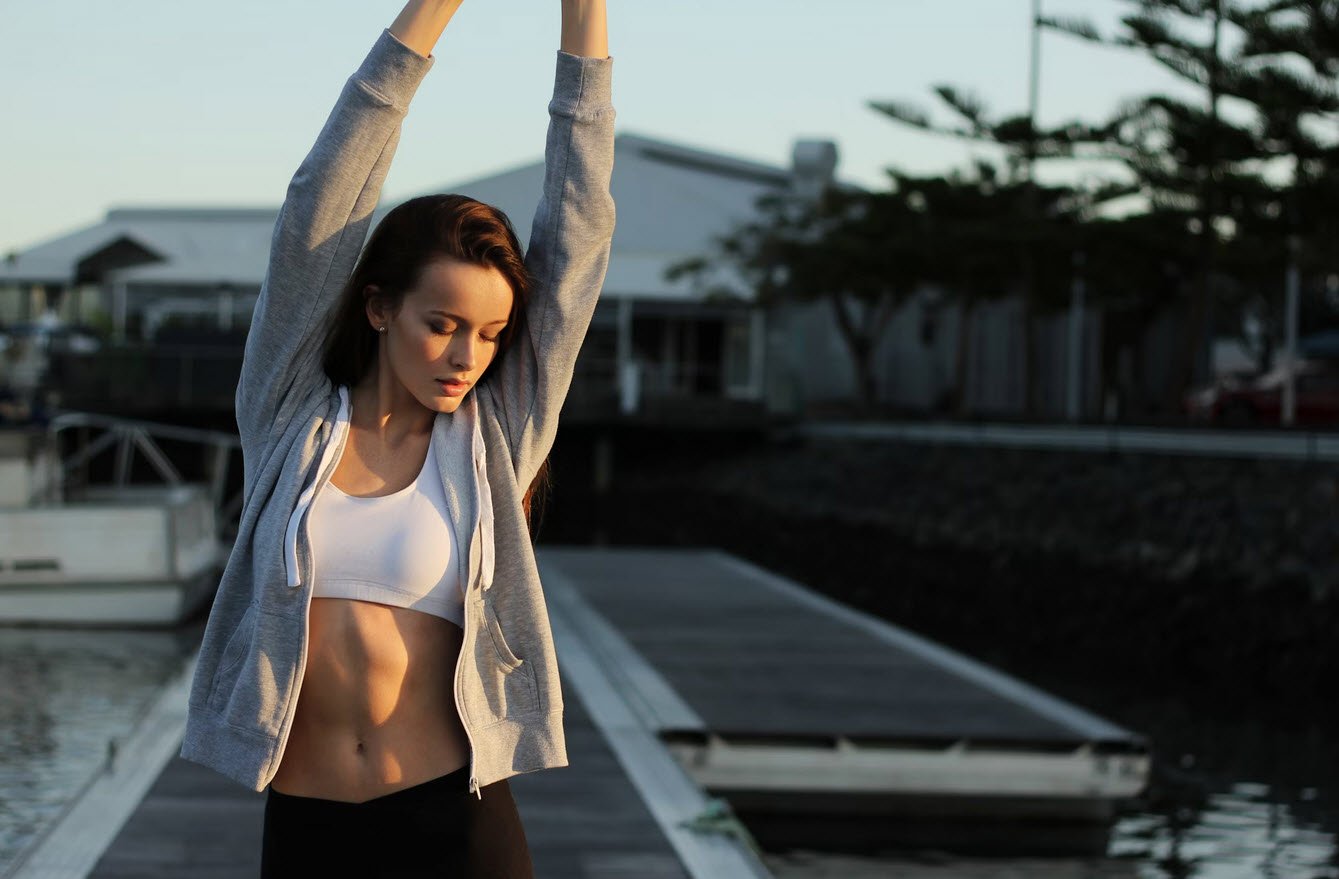
Anyone who has ever embarked on a new exercise routine or pushed their physical limits has likely experienced the discomfort of muscle soreness that sets in the day after a challenging workout. This phenomenon, known as Delayed Onset Muscle Soreness (DOMS), has intrigued fitness enthusiasts and scientists alike.
Let’s explore into the science behind why our muscles hurt after exercise.
Understanding DOMS
Delayed Onset Muscle Soreness is characterized by the discomfort and pain that typically emerges 24 to 72 hours after an intense workout. It is a well-known and often-discussed part of the exercise experience, especially for those who engage in strength training, resistance exercises, or activities that involve eccentric muscle contractions (lengthening of the muscle under tension).
The Microscopic Culprit: Muscle Fiber Tears
The key to understanding DOMS lies in the microscopic realm of our muscle fibers. When we engage in strenuous physical activities, especially those that challenge our muscles with unfamiliar or intense movements, these muscle fibers undergo stress and strain. This can result in tiny, microscopic tears in the muscle fibers themselves. These micro-tears are the primary instigators of muscle soreness.
Inflammatory Response and Repair
In response to these micro-tears, the body activates an inflammatory process. This is a natural defense mechanism designed to aid in the repair and strengthening of the damaged muscle fibers. During this phase, the body releases immune cells, hormones, and other molecules to initiate the healing process. However, it’s the inflammation that often leads to the characteristic soreness and pain associated with DOMS.
The Role of Lactic Acid: A Common Misconception
Contrary to popular belief, lactic acid is not the main culprit behind post-workout muscle soreness. While lactic acid can build up during intense exercise and cause temporary muscle fatigue and discomfort, it is typically cleared from the muscles within a few hours after exercise. In contrast, the muscle micro-tears and the subsequent inflammatory response associated with DOMS can persist for days.
Strength Gained Through Soreness
Despite the discomfort, there’s a silver lining to DOMS. As the body repairs the damaged muscle fibers and adds additional structural support, the muscles often become stronger and better adapted to the specific type of exercise. This adaptation is a cornerstone of muscle growth and improved performance.
Managing DOMS
While there is no foolproof way to completely eliminate DOMS, several strategies can help alleviate the discomfort. These include gentle stretching, massage, rest, and over-the-counter pain relievers. Importantly, allowing the body adequate time to recover between intense workouts can minimize the severity and frequency of DOMS.
In conclusion, Delayed Onset Muscle Soreness (DOMS) is a well-documented aspect of the exercise experience. It is primarily caused by microscopic tears in muscle fibers and the subsequent inflammatory response as the body repairs and strengthens these fibers. Despite the temporary discomfort, understanding and managing DOMS is an essential part of any fitness journey, ultimately leading to stronger and more resilient muscles.
You may also like:- 5 Signs of Hormonal Imbalance in Women Suffering from PCOS
- Top Effective Tips To Achieve Safe and Sustainable Fast Weight Loss
- Empowering Students: Applying ABA Techniques In The Classroom
- Assessing Cancer Treatment: Tools And Techniques For Monitoring Efficacy
- Eye Doctors’ Contributions To Long-Term Vision Clarity
- Understanding Neurosurgeons: Specialists In Brain And Spinal Cord Health
- Common Causes of Chest Pain You Should Know
- Top 10 Weight Loss Myths: Don’t Fall Victim to Them
- Incorporating Fitness into a Busy Lifestyle for Effective Weight Loss
- Low GI Alcohol and Healthy Food Choices for Sustainable Weight Loss








